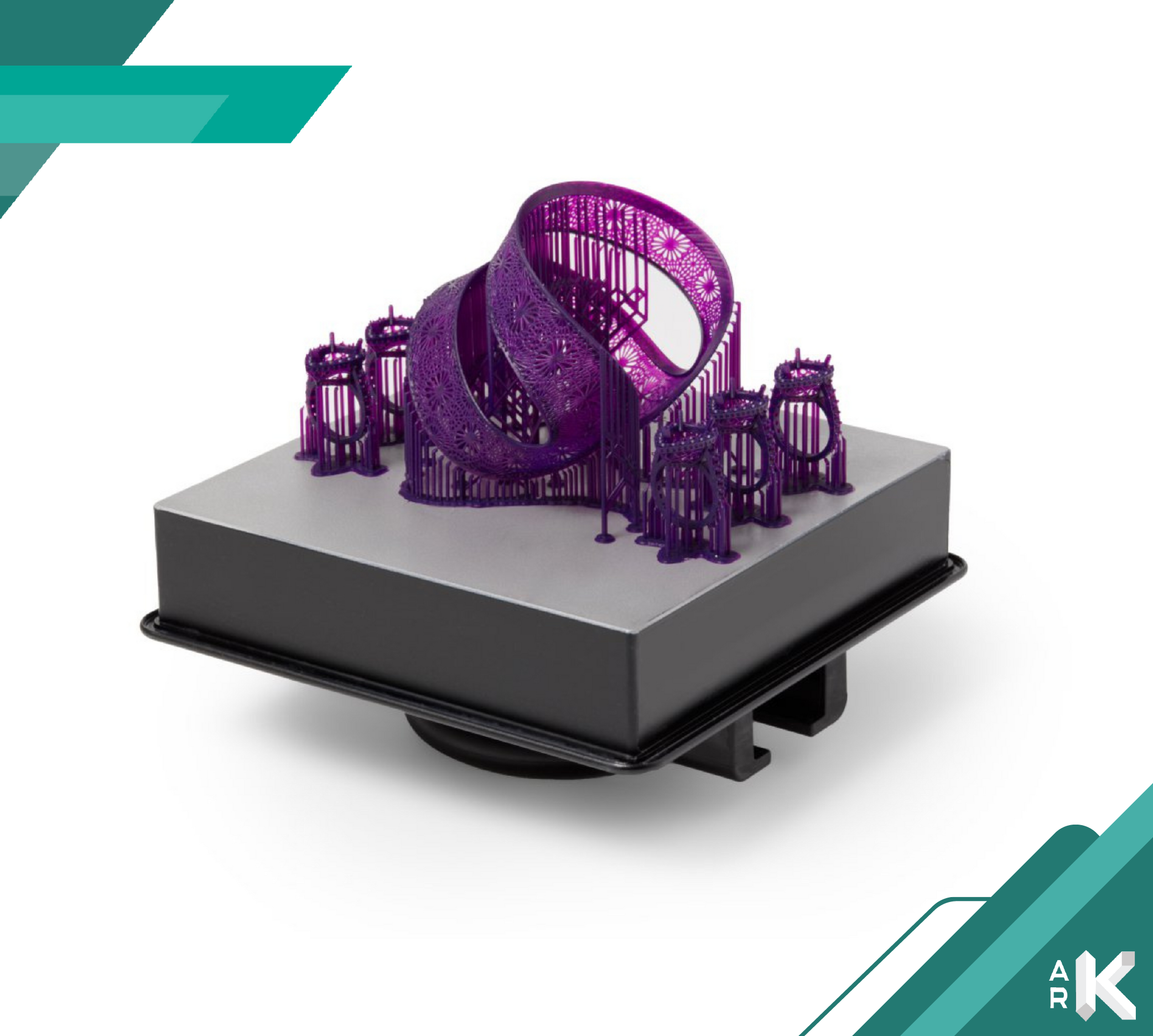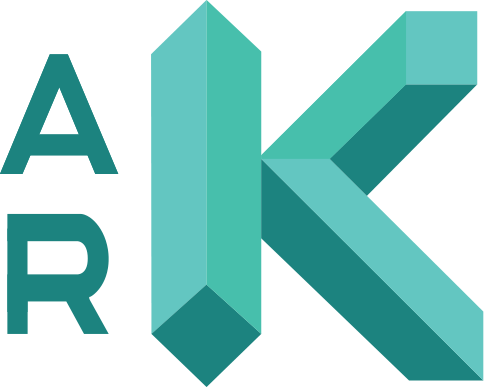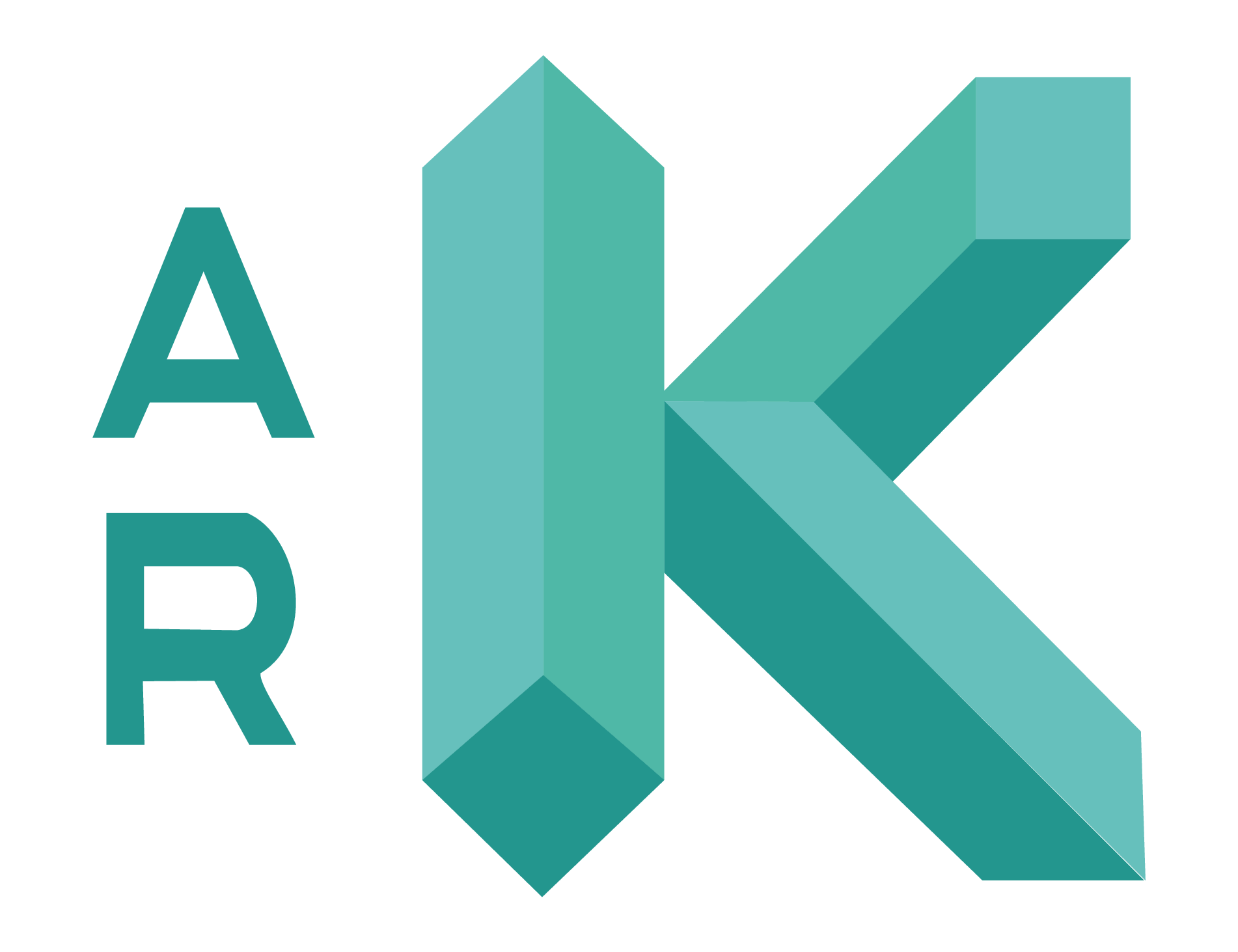
In the Jewelry Industry
When discussing 3D printing in jewelry, we refer to the process of creating a wax model via 3D printing, which is then used to make a mold, just as in traditional jewelry making. Although it’s possible to directly 3D print with precious metals, most jewelers utilize 3D printers to produce wax models of their digital designs at the click of a button, replacing hours or even days of manual carving and the requisite skill. It’s feasible to print approximately ten models in castable wax at once, depending on the size of the 3D printer.
Advantages of Using 3D Printing Technology
3D printing technology presents a multitude of advantages across various industries, enhancing both the creative and manufacturing processes. Key benefits include:
Rapid Prototyping: Accelerates the development cycle by allowing designers to quickly create, test, and refine prototypes, significantly reducing the time from concept to production.
Complexity and Design Freedom: Enables the creation of complex geometries and intricate designs that are difficult or impossible to achieve with traditional manufacturing methods, opening up new possibilities for innovation.
Customization: Facilitates mass customization, allowing for personalized products without the need for expensive tooling or setup changes, ideal for industries like dental, medical, fashion, and jewelry.
Cost Reduction: Reduces the cost of prototyping and manufacturing, especially for small batches or custom items, by eliminating the need for multiple manufacturing processes and reducing material waste.
Accessibility: Makes manufacturing more accessible to individuals and small businesses by lowering the barrier to entry in terms of cost and required expertise, fostering entrepreneurship and innovation.
Sustainability: Offers potential environmental benefits by minimizing waste through additive processes and enabling the use of eco-friendly materials, contributing to more sustainable manufacturing practices.
Efficiency and Speed: Enhances production efficiency and speed, particularly for complex parts and products, by consolidating multiple manufacturing steps into a single process.
Tool-less Production: Eliminates the need for expensive molds and tooling, making it cost-effective for producing small quantities and prototypes, and simplifying the process of bringing new designs to market.
These advantages make 3D printing a transformative technology, reshaping how products are designed, prototyped, and manufactured across a wide range of industries.

Benefits of Using 3D Printing for Your Designs
Enhanced Creativity and Innovation
Rapid Prototyping
Cost-Effective
Customization
Material Diversity
Reduced Time to Market
Sustainability
Ease of Access
Complexity Without Compromise
Testing and Validation
By leveraging the advantages of 3D printing, designers can push the boundaries of creativity, improve product functionality, and bring innovative products to market more efficiently and effectively.
Jewelry Production Methods Using 3D Printing
This method uses a laser to sinter powdered metal, building up the jewellery piece layer by layer. It allows for the direct creation of complex metal pieces without the need for casting.
SLA printers use a laser to cure liquid resin into solid forms. In jewelry making, SLA is often used to create highly detailed wax or resin models for use in traditional lost-wax casting processes.
Similar to DMLS, SLM fully melts the metal powder, creating solid metal objects. SLM can produce dense, strong jewelry pieces with complex geometries that are difficult to achieve with traditional methods.
While not typically used for final jewelry production due to its lower resolution, FDM technology is excellent for prototyping designs and creating molds or patterns for casting.
MJM printers use a polymeric material to create highly detailed models that can be used directly as master patterns for mold making or as models for investment casting.
Similar to SLA, DLP uses a digital light projector to cure photo-reactive resins. DLP can achieve high resolution and is used for creating precise and detailed models for casting.
- Casting: Many jewelers use 3D printed models to create molds for casting. The printed model, often made of a castable resin or wax, is used in a traditional lost-wax casting process.
- Polishing and Finishing: After casting, the metal pieces are polished and finished using traditional jewelry-making techniques to achieve the desired surface texture and shine.


